20+ Years Experience
Specialist Education Providers

Creative play is an essential ingredient for children’s growth and development. From fostering imagination to building social skills, the benefits of creative play for children offer countless advantages that help them become well-rounded individuals.
In this blog post, we will explore the various types of creative play activities, their impact on children’s growth, and how to encourage creative play at home and school. Let’s dive in and discover the wonders of creative play.
Creative play is a powerful force in children’s development, making creative play important for various reasons. It helps children:
These creative activities equip children with the tools they need to thrive in everyday life.
A fun and supportive environment is crucial to fostering creative expression in children. Parents and educators can help children unlock their full potential and nurture their unique talents by providing ample opportunities for creative play. Some examples of creative play activities include:
These activities encourage children to explore, experiment, and express themselves, promoting a lifelong love of learning and creativity.
Creative play activities, such as drawing and building, play a vital role in enhancing children’s physical development.
These activities improve fine motor skills and hand-eye coordination, laying the foundation for the development of essential life skills.
Children not only hone their dexterity but also learn to control and manipulate objects with precision when they engage in activities that promote fine motor skills, such as:
These activities provide opportunities for children to develop basic skills, such as practising and refining their fine motor skills, which are crucial for tasks like writing, tying shoelaces, and buttoning clothes.
A creative play area equipped with diverse materials and resources can foster early physical development in a fun and supportive environment.
As children manipulate small objects, they develop the ability to control a pencil or paintbrush, essential for tasks like writing and drawing.
Parents and teachers can effectively support children’s physical development while also nurturing their creativity and self-expression by encouraging creative play.
Through creative play, children learn to express and regulate their emotions, fostering their emotional development and self-awareness.
Creative activities provide a safe space for children to explore their feelings and process difficult life experiences, allowing them to better understand and manage their emotions.
The benefits of creative play offer several advantages for children, including:
Parents and educators can support these benefits by encouraging creative expression and providing opportunities for imaginative play.
Engaging in creative play with peers helps children develop essential social skills, communication, and cooperation.
As children interact with one another during creative activities, they learn to navigate group dynamics, practice turn-taking, and forge lasting friendships.
These experiences strengthen their social development and lay the groundwork for healthy relationships throughout their lives.
Imaginative play, in particular, plays a crucial role in children’s social development from a very young age. Through role-playing and dramatic play, children can explore different perspectives, develop empathy, and hone communication and problem-solving skills.
Parents can effectively support their child’s social growth and development by encouraging creative play and arranging play dates with their child’s peers.
Creative play nurtures children’s intellectual development by promoting intellectual and cognitive skills, problem-solving, critical thinking, and imaginative exploration.
As children engage in creative activities, they learn to think abstractly, develop innovative solutions to complex problems, and foster a growth mindset that empowers them to overcome challenges and achieve success.
Studies have demonstrated the positive impact of creative play on children’s cognitive growth. By engaging in creative activities, children improve their cognitive skills, attention, and capacity to process information.
Moreover, creative play stimulates problem-solving abilities and motivates the exploration of new concepts and ways of thinking.
Children who participate in creative play have more complex relationships with others, highlighting the cognitive advantages of this type of play.
Parents and educators can effectively support children’s intellectual development and foster a lifelong love of learning by encouraging creative play.
There are several types of creative play activities that cater to different aspects of children’s development, including creative and imaginative play. These activities include:
Parents and educators can ensure that children have ample opportunities to explore their interests, develop their skills, and unleash their creativity by providing a diverse array of creative play activities.
Each type of creative play activity offers unique benefits for children’s growth and development. Here are some examples:
Parents and educators can support children’s overall development and pave the way for a lifetime of learning and discovery by offering a variety of creative play activities that foster child develop.
Artistic activities, such as drawing, painting, and sculpting, provide children with a creative outlet to express themselves and explore their emotions.
By engaging in artistic play, children develop their creativity, as well as important skills like concentration, fine motor control, and hand-eye coordination.
These activities not only promote self-expression but also help children develop the ability to focus and persist in tasks, essential for success in school and beyond.
In addition to fostering creativity and self-expression, artistic play also supports children’s emotional development. As children experiment with different materials and media, they learn to process and express their feelings in a safe and non-judgmental environment.
Parents and teachers can effectively support children’s emotional growth and well-being by providing diverse artistic opportunities.
Imaginative role-play is a powerful tool for children’s growth and development. Through role-play, children can explore different scenarios, develop empathy, and enhance their social skills.
By assuming different characters and roles, children can better understand the feelings and perspectives of others, fostering empathy and compassion.
To support children’s imaginative role-play, it is important for adults to ensure that the play is driven by the children’s ideas rather than being dictated by the adult.
Parents and educators can help children develop essential social skills, enhance their empathy, and foster a love of learning and exploration by providing a safe and supportive environment for imaginative play.
Construction and building activities offer a wealth of benefits for children’s development. As children manipulate building materials and create structures, they develop problem-solving skills, spatial awareness, and persistence.
These activities also encourage children to think critically and approach challenges with a growth mindset, essential for success in school and life.
To support children’s engagement in construction and building activities, it is important to provide age-appropriate materials and tools, such as building blocks, construction sets, and playdough.
Parents and teachers can effectively support children’s cognitive and physical development, fostering a love of learning and creative exploration, by offering a diverse array of building opportunities.
Sensory play experiences engage children’s senses, helping them learn about the world around them and develop important cognitive skills.
By engaging in activities such as playing with sand, water, or other tactile materials, children can explore their environment and gain valuable insights into the world around them.
In addition to stimulating children’s senses, sensory play experiences also support their cognitive development. Through these activities, children can develop problem-solving skills, critical thinking abilities, and creativity.
Parents and educators can help children develop a strong foundation for learning and exploration, paving the way for a lifetime of discovery and growth, by offering a variety of sensory play experiences.
Encouraging creative play at home and school is essential for supporting children’s growth and development.
Parents and educators can effectively foster children’s creativity, self-expression, and problem-solving skills by setting up a creative space, providing diverse materials and resources, and engaging in play with children.
By prioritising creative play and incorporating it into daily routines, children have the opportunity to engage in essential developmental activities that promote their overall well-being.
To create a supportive environment for creative play, both at home and school, it is important to consider factors such as the availability of space, access to diverse materials, and opportunities for engagement with peers and adults.
Parents and teachers can effectively support children’s growth and development, paving the way for a lifetime of learning and discovery, by providing a nurturing and stimulating environment for creative play.
Creating a dedicated space for creative play is an essential step in fostering children’s creativity and independence. A well-designed creative space should include:
To ensure a productive and engaging creative space, parents and educators should consider factors such as the layout, lighting, and storage.
A flexible classroom layout that accommodates various learning formats and visually interesting elements can stimulate creativity and engagement.
Parents and educators can effectively support children’s creative exploration and growth by setting up a creative space that meets these criteria.
Providing a variety of materials and resources for creative play is essential for fostering children’s exploration and skill development.
Diverse materials allow children to try new activities, experiment with different media, and develop a range of skills.
By offering a wide array of materials, parents and educators can ensure that children have ample opportunities to explore their interests and unleash their creativity.
Some materials that can be used to encourage creative play include:
These items enable children to express themselves and explore their creativity in a variety of ways. Parents and educators can effectively support children’s growth and development by providing diverse materials and resources.
Engaging in play with children is crucial for supporting their development and helping them feel valued and supported.
By participating in creative play activities alongside their children, parents and educators can provide opportunities for learning, bonding, and the development of essential life skills.
Playing with children not only facilitates their emotional and social development but also offers a unique opportunity to model problem-solving, communication, and collaboration skills.
Parents and educators can effectively support their growth and development, fostering a love of learning and creative exploration, by engaging in play with children.
Overcoming common barriers to creative play is essential for ensuring that children have ample opportunities to engage in essential developmental activities.
Balancing screen time, encouraging inclusive play, and tackling time constraints are key factors that need to be addressed to promote creative play and support children’s overall growth and development.
Parents and educators can create a supportive and nurturing environment for creative play, fostering children’s creativity, self-expression, and problem-solving skills by addressing these barriers.
By prioritising creative play and incorporating it into daily routines, children can develop a strong foundation for learning and exploration, paving the way for a lifetime of discovery and growth.
Limiting screen time and promoting alternative creative activities is essential for helping children develop a healthy balance between technology and hands-on play.
By setting age-appropriate limits on screen time and offering alternative activities, such as outdoor play, reading, or creative play, parents and educators can ensure that children have the opportunity to engage in essential developmental activities.
Strategies for limiting screen time include setting clear expectations and rules, creating designated tech-free zones or times, and offering alternative rewards and incentives for non-screen activities.
Parents and teachers can effectively promote a healthy balance between screen time and other important aspects of a child’s development by employing these strategies.
Encouraging inclusive play is crucial for fostering a positive play environment where children can learn about diversity, empathy, and cooperation.
By promoting inclusive play, parents and educators can create a barrier-free environment that meets the diverse play needs of every child, allowing them to be creative, take risks, and make discoveries.
Strategies for promoting inclusive play in home and school settings include:
Parents and educators can effectively support children’s overall growth and development by fostering an inclusive play environment.
Addressing time constraints is essential for ensuring that children have the opportunity to engage in essential developmental activities. Parents and educators can effectively support children’s growth and development by prioritising creative play and incorporating it into daily routines.
Allocating specific times for creative play, incorporating creative activities into everyday tasks, and engaging in play with children are all effective strategies for integrating creative play into daily routines.
In addition to prioritising creative play, parents and educators can also explore creative play activities that can be done in short bursts of time, such as drawing, building with blocks, or playing with puppets.
Children can engage in essential developmental activities and foster a love of learning and creative exploration by parents and educators offering a variety of creative play opportunities and addressing time constraints.
In conclusion, creative play is a powerful tool for children’s overall growth and development. By engaging in imaginative play, children can develop essential skills such as communication, problem-solving, and critical thinking.
Parents and educators play a crucial role in fostering creative play by providing a supportive environment, diverse materials and resources, and engaging in play with children.
By overcoming common barriers to creative play, such as balancing screen time, encouraging inclusive play, and tackling time constraints, we can ensure that children have ample opportunities for creative exploration and growth.
Let’s prioritise creative play and support our children as they embark on a lifetime of learning and discovery.




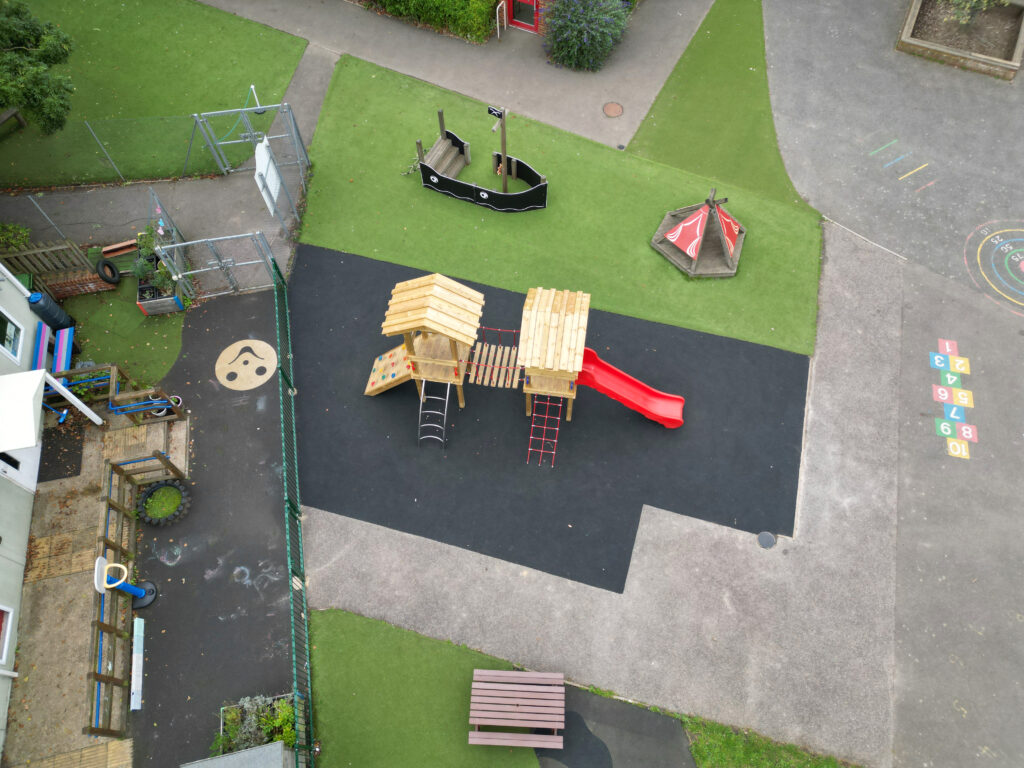

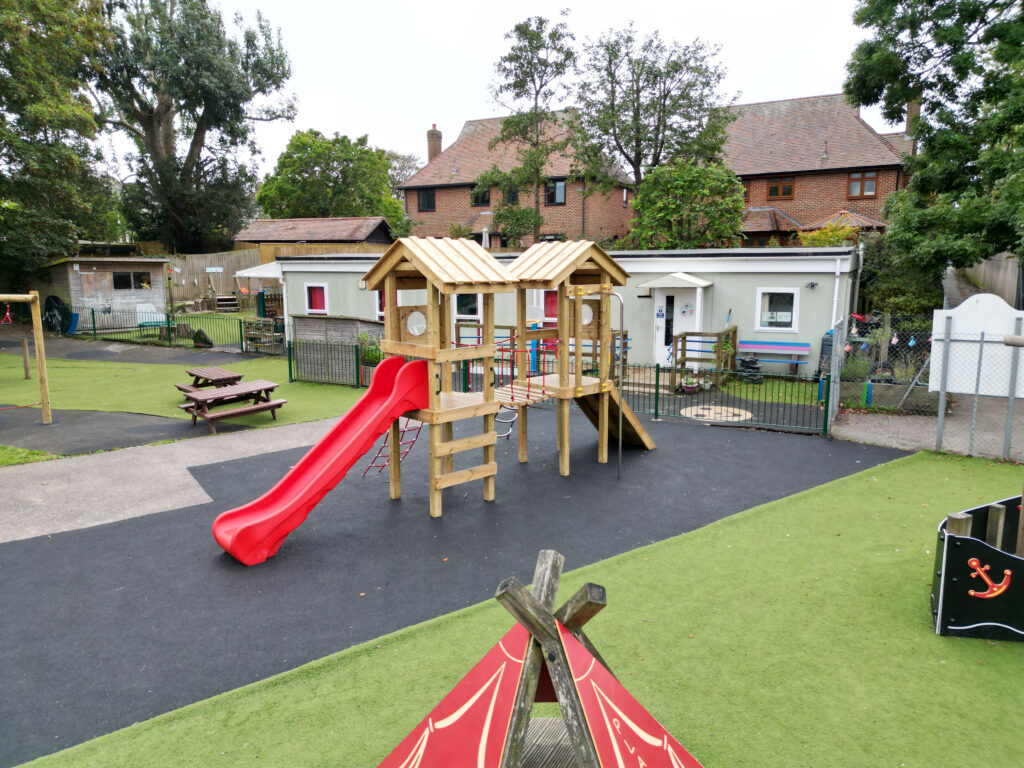
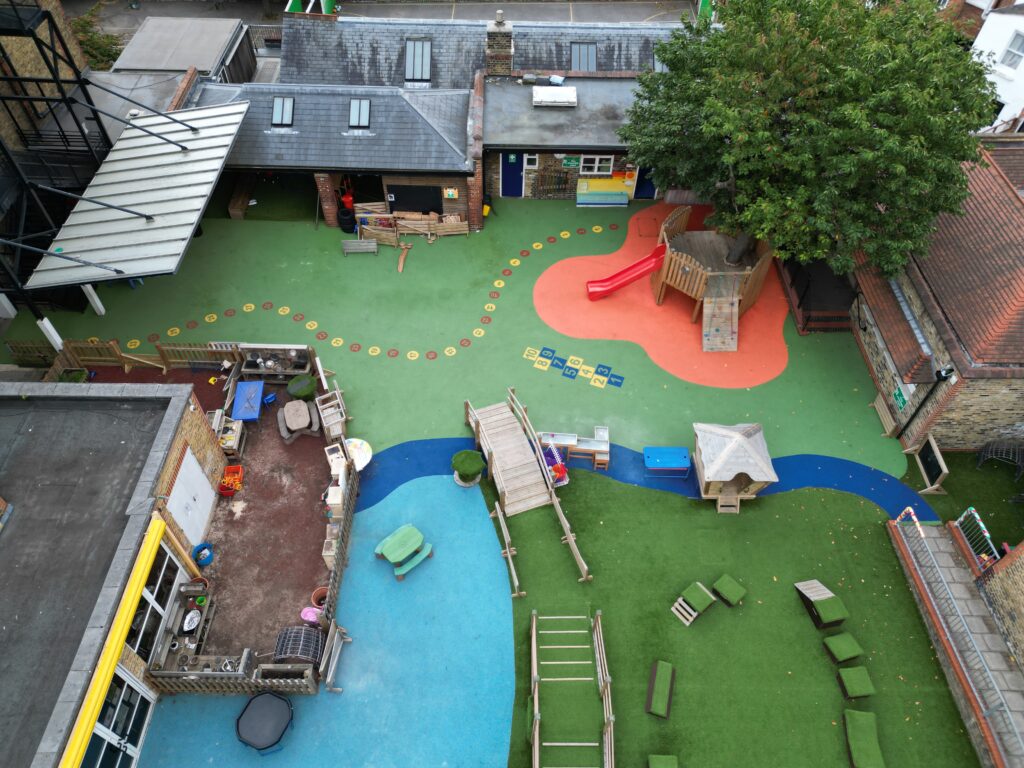






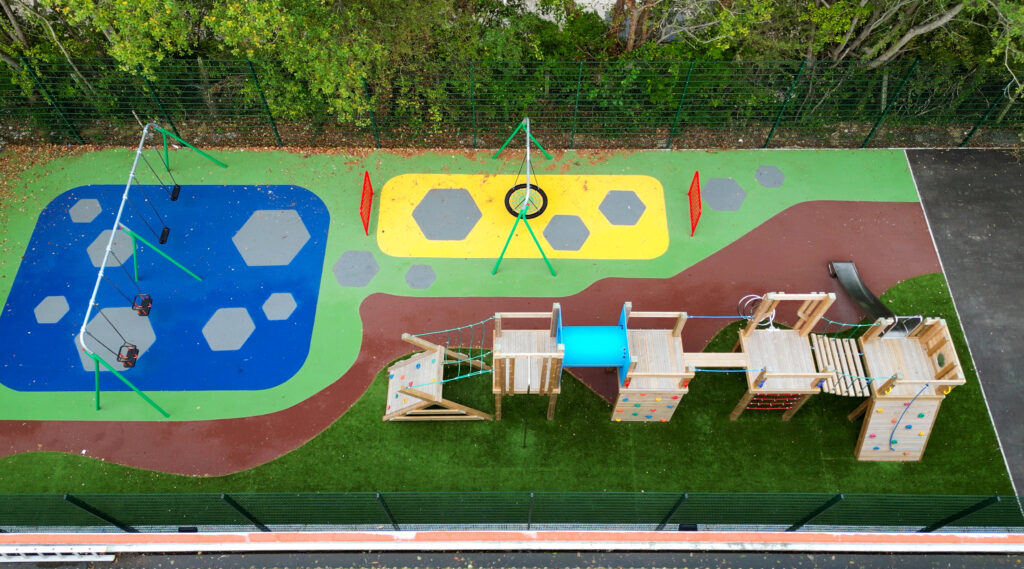










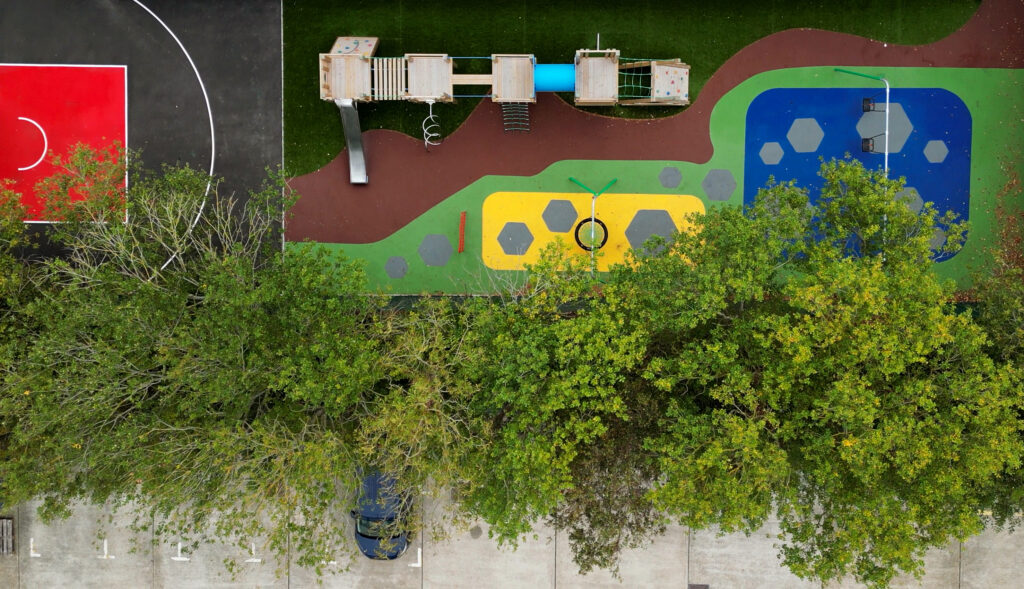









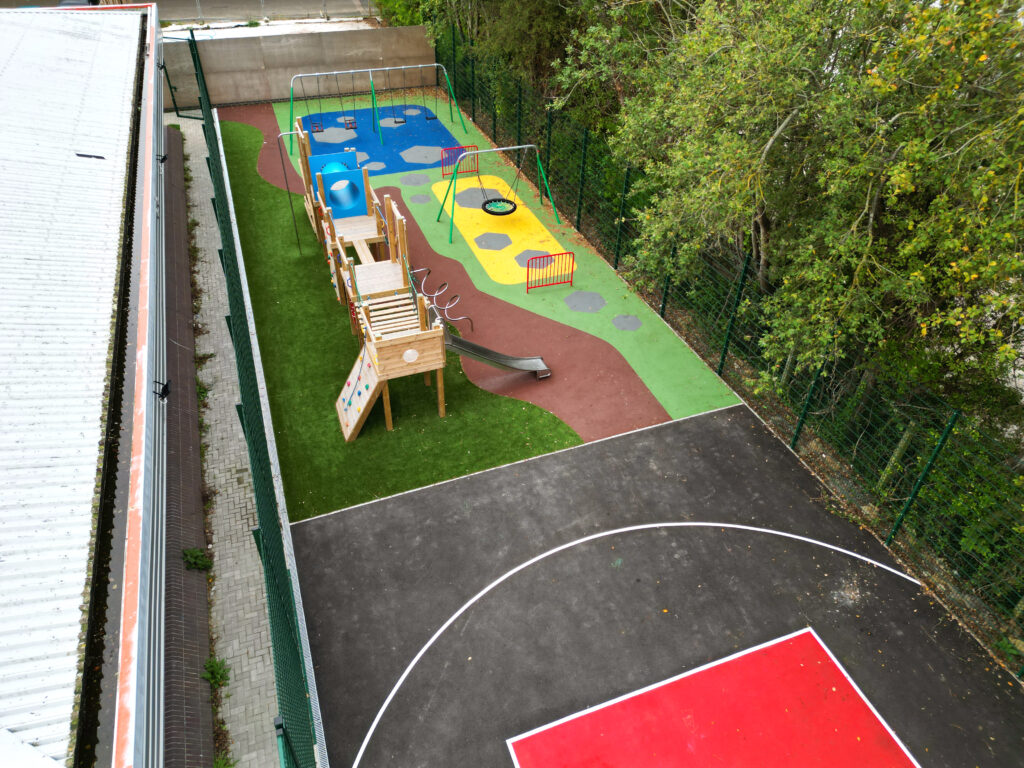



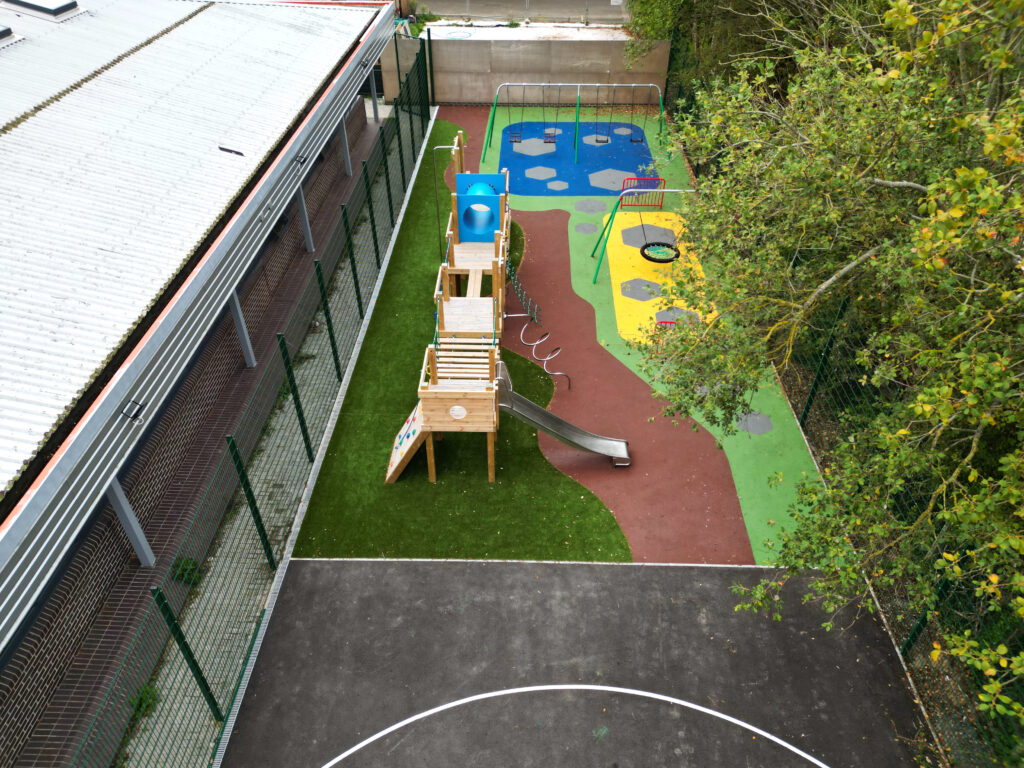







We Aim To Reply To All Enquiries With-in 24-Hours